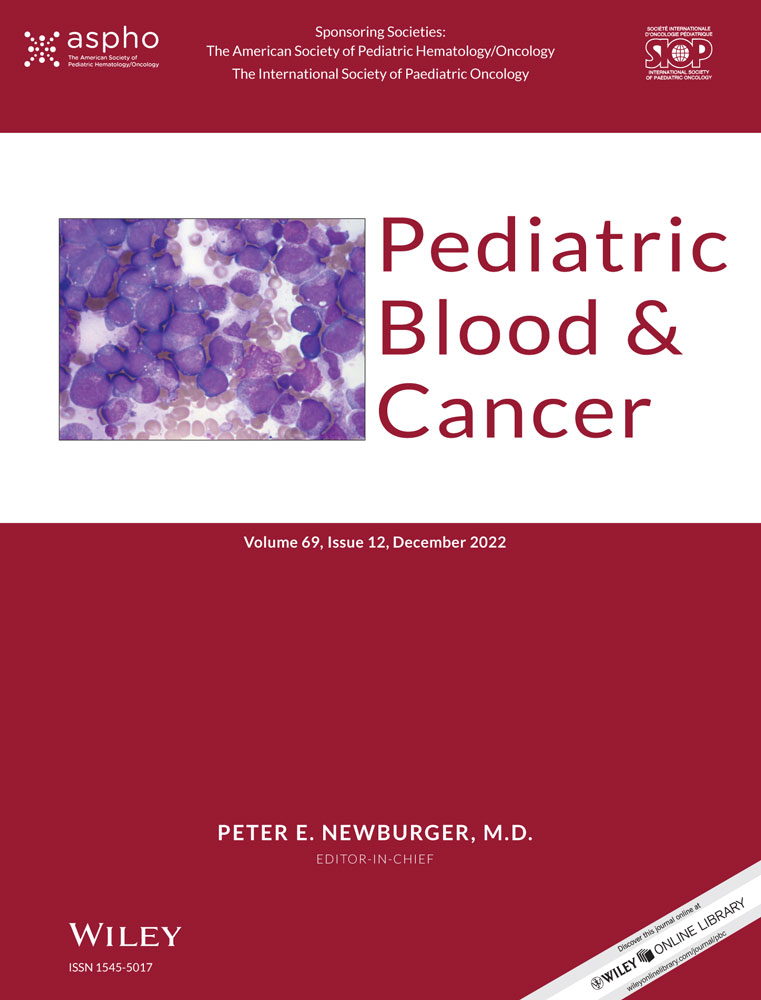A nomogram model to predict prognosis of patients with hepatoblastoma
Abstract
Background
Hepatoblastomas (HBs) are malignant liver tumors that most commonly develop in pediatric patients. Microvascular invasion may be a prognosis factor for patients with HBs. This study aimed to construct a model to predict the survival outcome in HBs.
Methods
We retrospectively analyzed the clinical data of 311 patients with HBs who underwent surgical resection at our institution between June 2014 and August 2021. First, patients were divided into two groups: those who had pathologic microvascular invasion (n = 146) and those who did not (n = 165). Propensity score-matched (PSM) analysis was carried out between the two groups. The preoperative parameters and overall survival (OS) rate were compared between the two groups. Second, all 311 patients were randomly divided into the training and validation cohort in a ratio of 4:1. A nomogram was created in the training cohort to visualize the prediction of OS. Moreover, the validation cohort was used for validation.
Results
Multivariate analysis suggested that age, histology type, microvascular invasion, multifocality, distant metastasis, and macrovascular involvement are independent prognostic factors for HBs. The nomogram showed good predictive ability in the training and validation cohorts with a C-index of 0.878 (95% CI, 0.831-0.925) and 0.847 (95% CI, 0.757-0.937), respectively. The calibration curve indicated good agreement between the prediction and observation for one-, two-, and three-year OS probabilities.
Conclusion
By combining preoperative imaging results and other clinical data, we established a nomogram to predict OS probability for patients with HB, which could be a potential tool to guide personalized treatment.
CONFLICTS OF INTEREST
The authors have no conflicts of interest to declare.
Open Research
DATA AVAILABILITY STATEMENT
The raw data supporting the conclusions of this article will be made available by the authors, without undue reservation.




